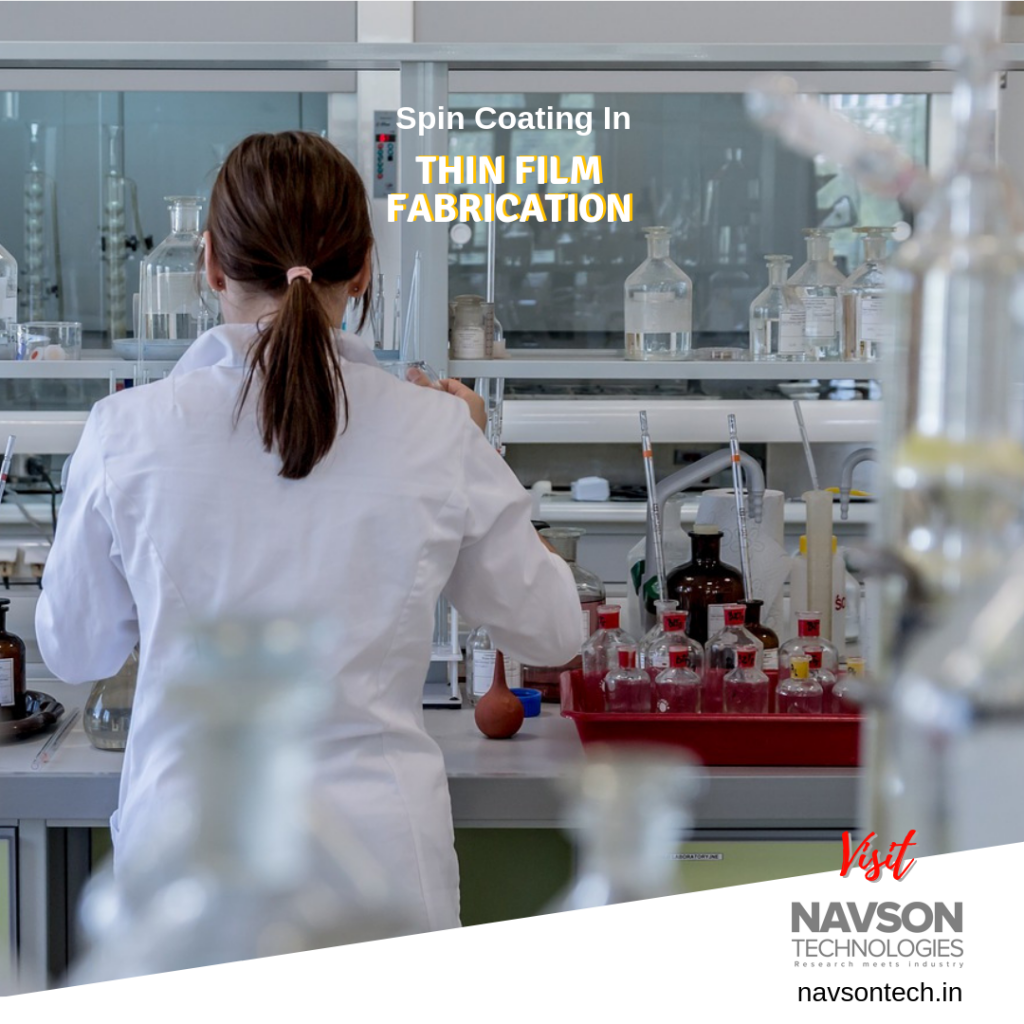We prepared PMMA-LZO polymer composite film by ultrasound-assisted mixing of PMMA and LZO solution followed by spin coating process, the solution on ITO (Indium tin oxide) coated the glass. The spin coater (Navson-NT12000) used here was vacuum free chamber. Operating conditions such as the 2000 rpm for 10 seconds and ramped to 6000 rpm for 20 seconds were maintained with N2 gas supply. The final thickness of the film measured to be 1.6 µm using scanning electron microscopy (SEM). The thickness of the film was uniform and smooth surface finish. PMMA-LZO polymer composite film was further used as a dielectric layer in the film capacitor.
Kishor Kumar M J
Doctoral Student
NITK Surathkal
Karnataka, India
Spin Coating Process Theory
Spin coating has been used for several decades for the application of thin lms. A typical process involves depositing a
small puddle of a fuid resin onto the center of a substrate and then spinning the substrate at high speed (typically around
3000 rpm). Centripetal acceleration will cause the resin to spread to, and eventually off, the edge of the substrate leaving a thin film of resin on the surface. Final film thickness and other properties will depend on the nature of the resin (viscosity, drying rate, percent solids, surface tension, etc.) and the parameters chosen for the spin process.
Factors such as final rotational speed, acceleration, and fume exhaust contribute to how the properties of coated films are defined. One of the most important factors in spin coating is repeat-ability. Subtle variations in the
parameters that define the spin process can result in drastic variations in the coated film.
Source: Spin Coat Theory

